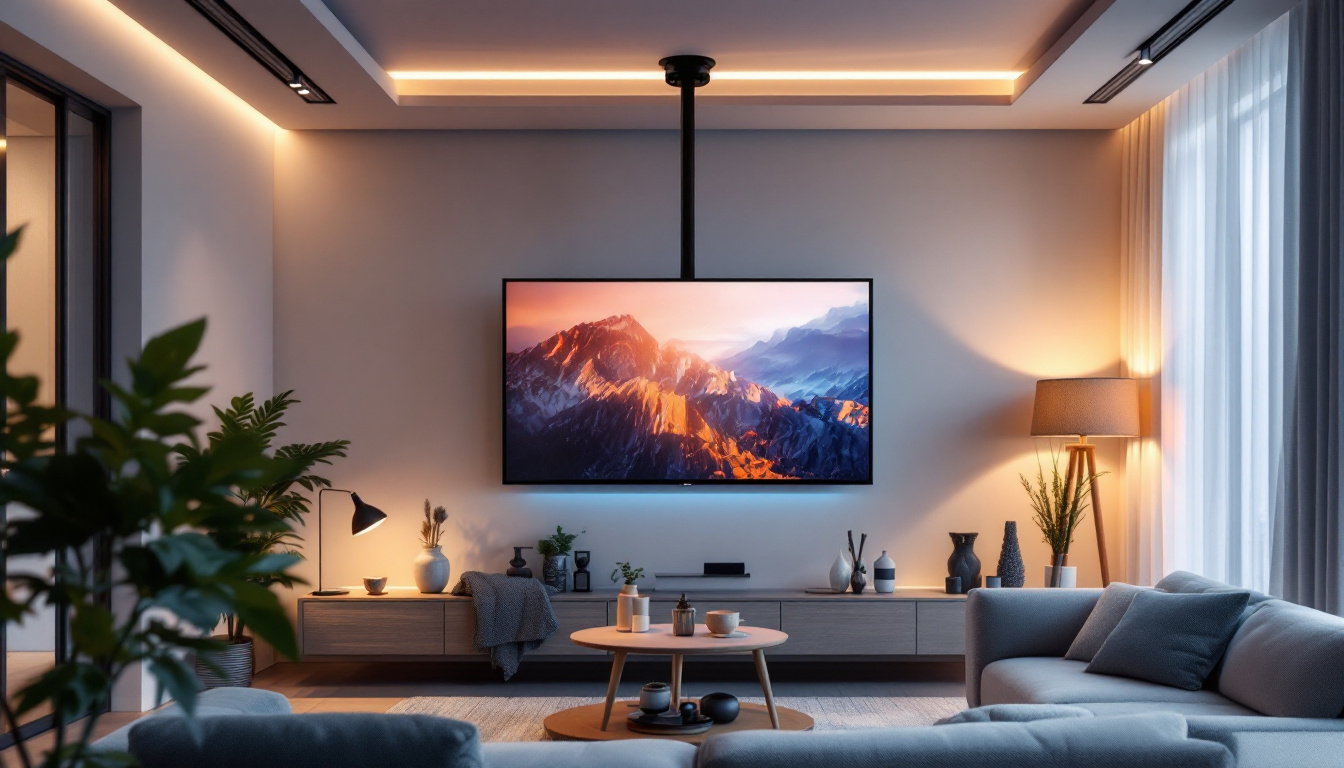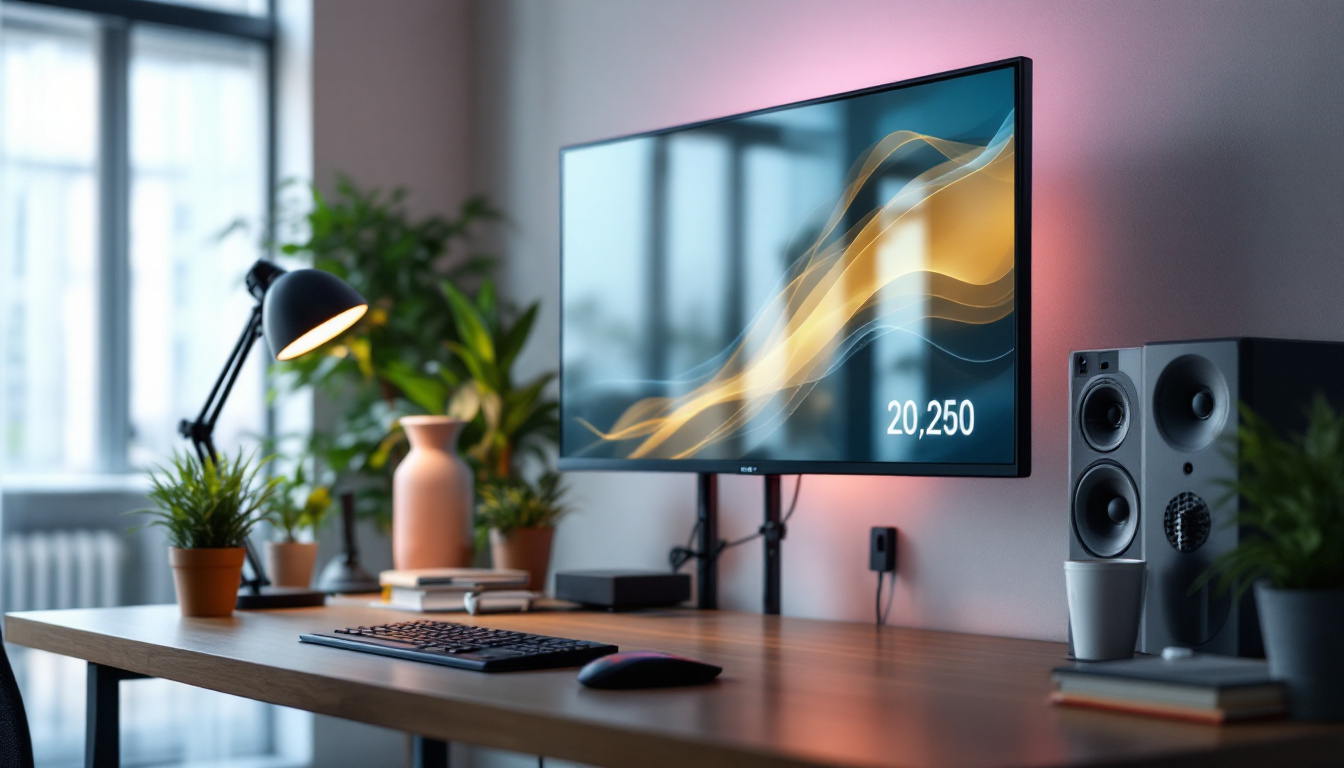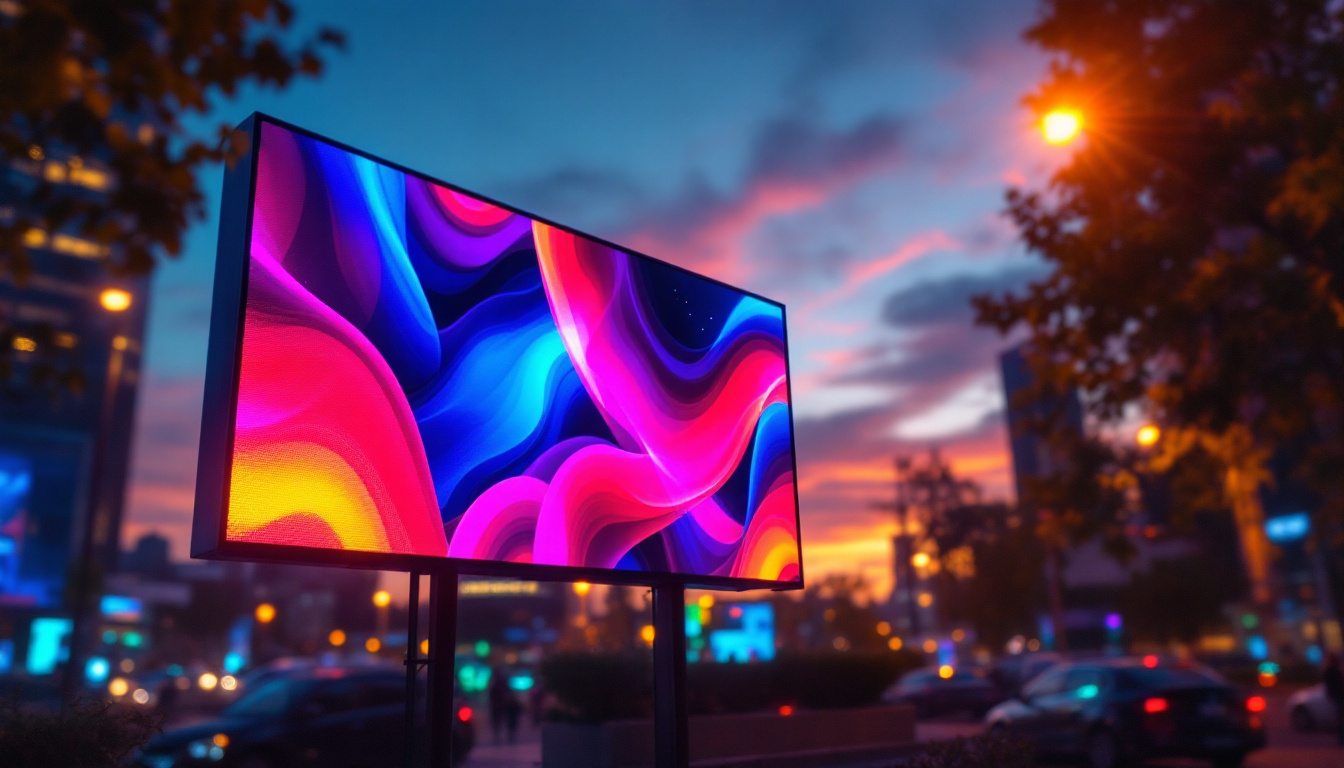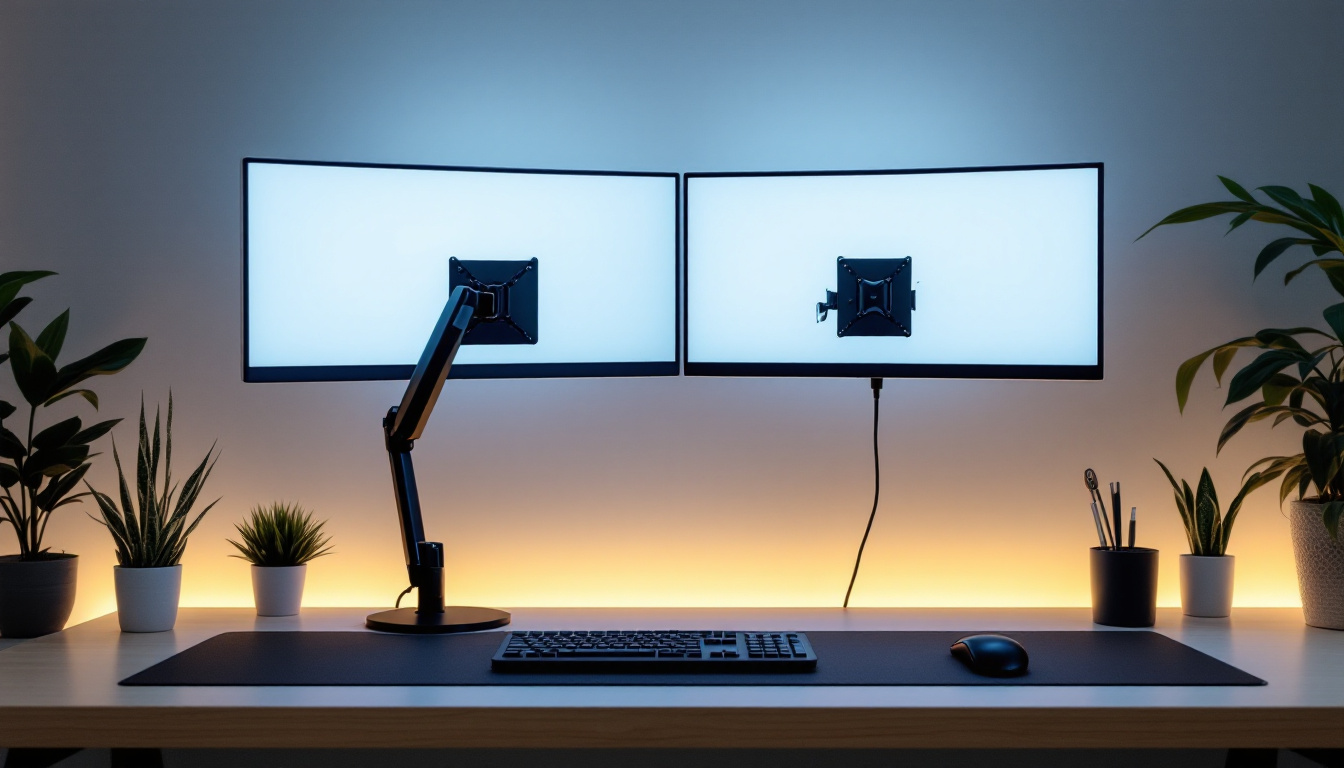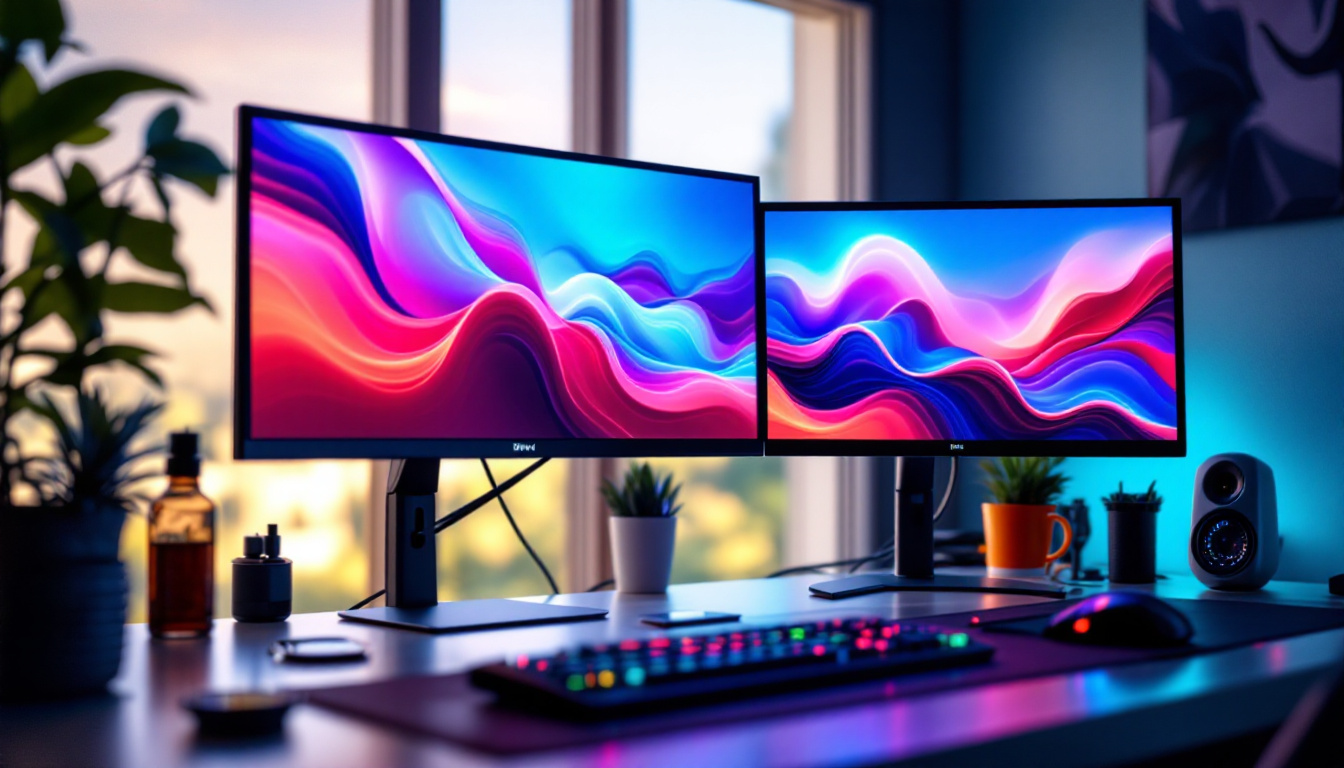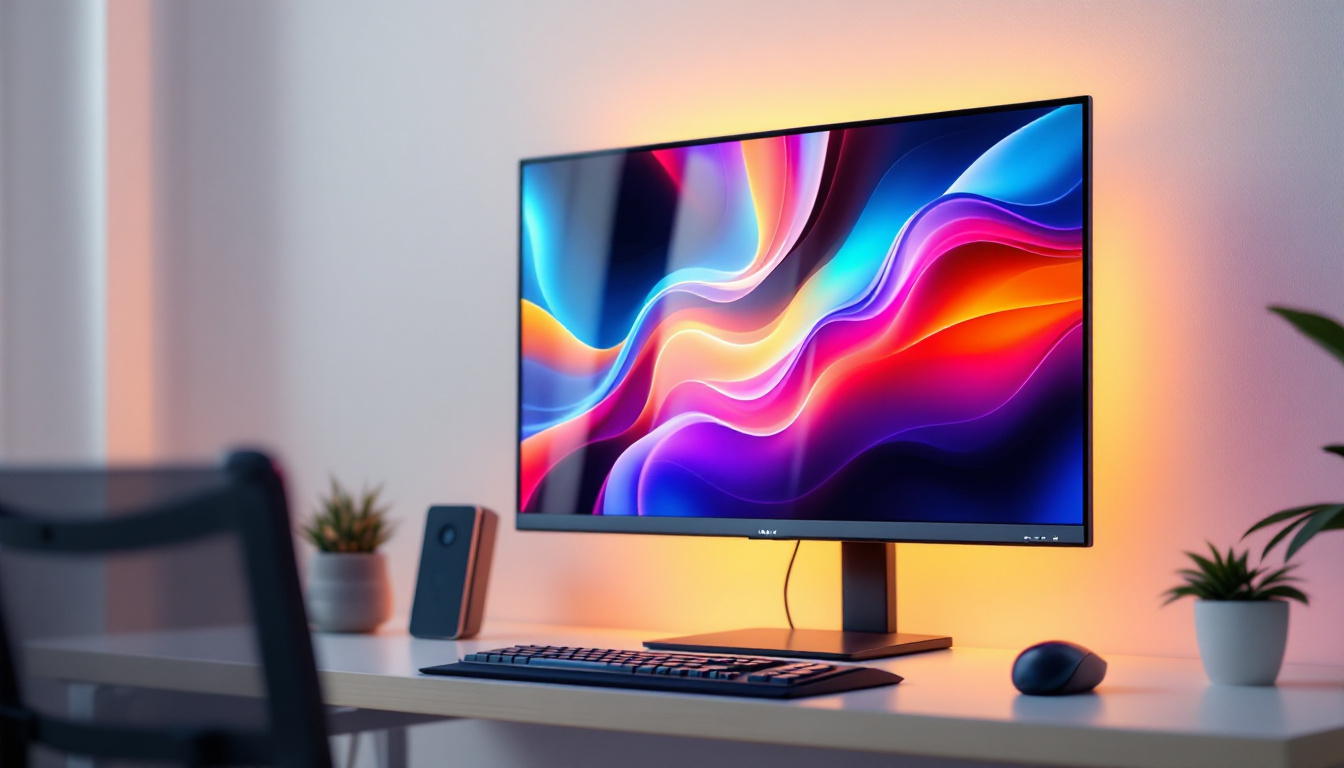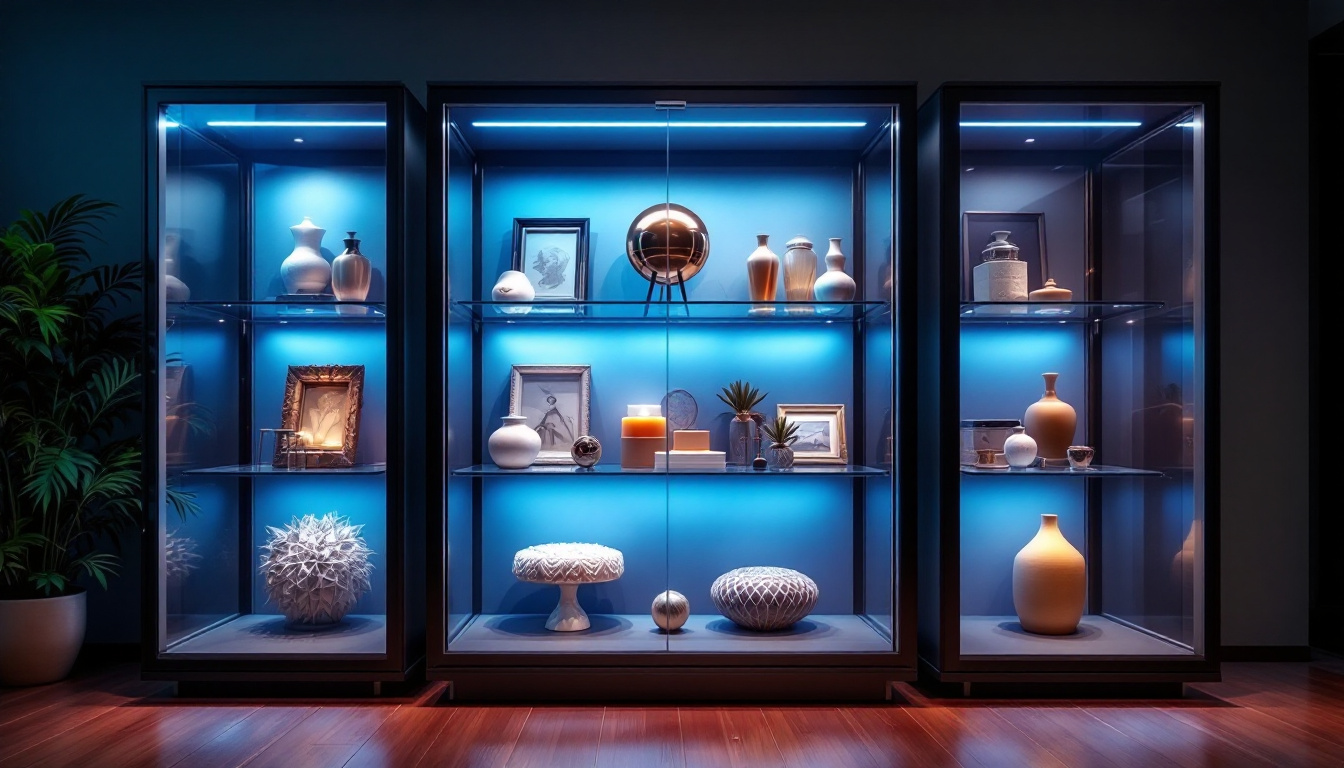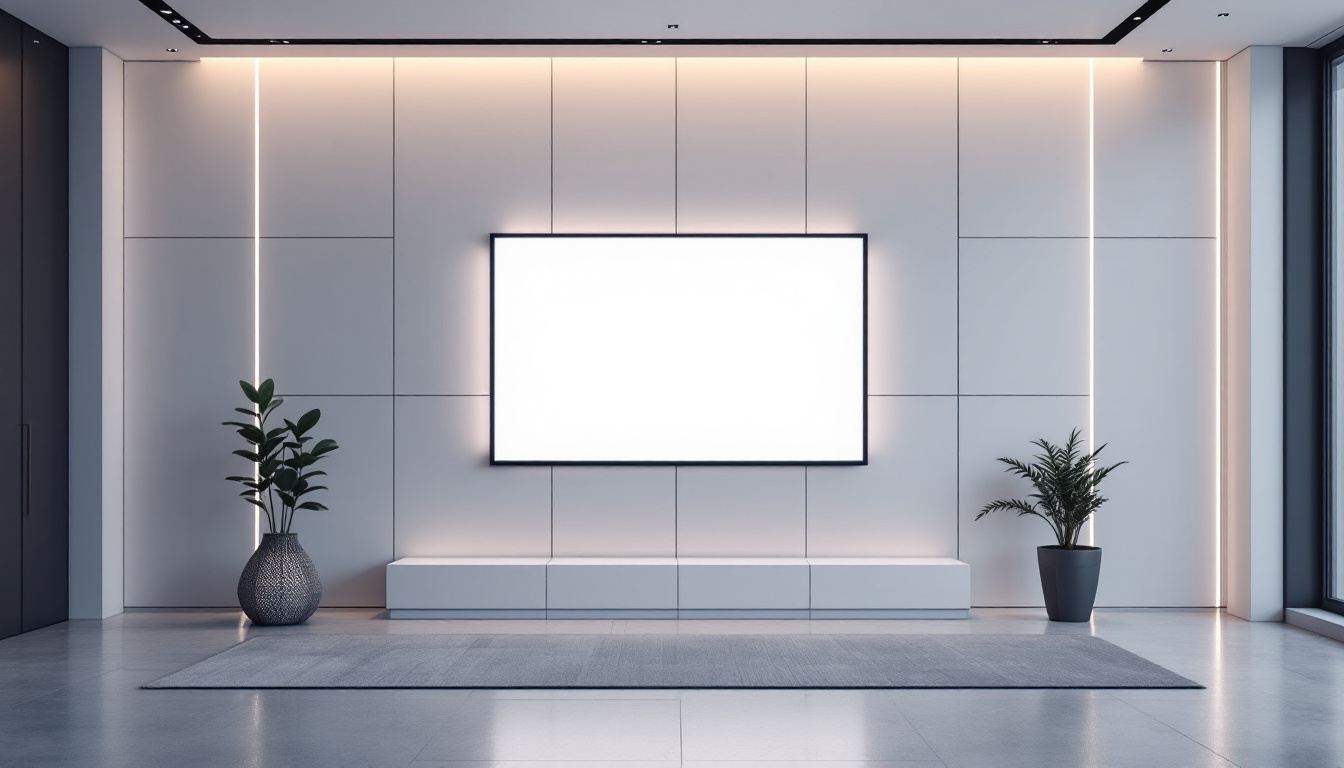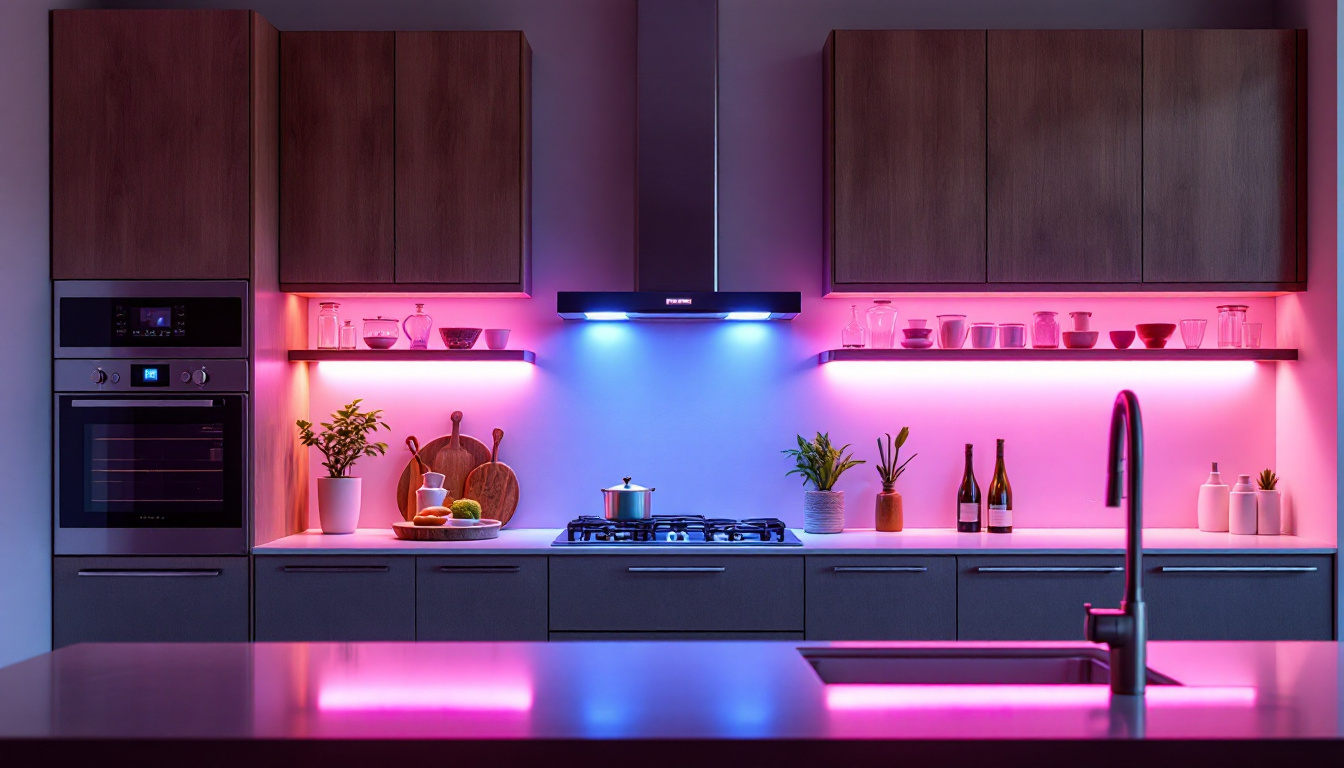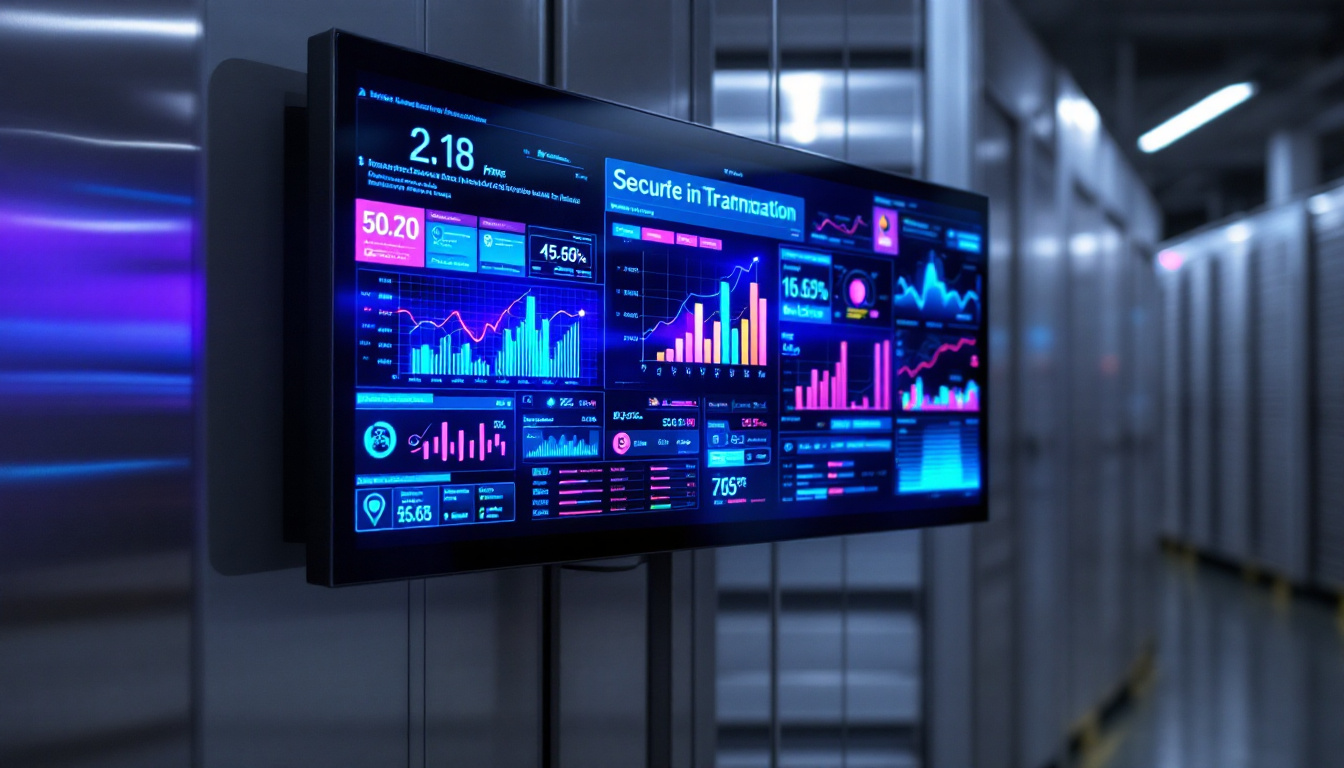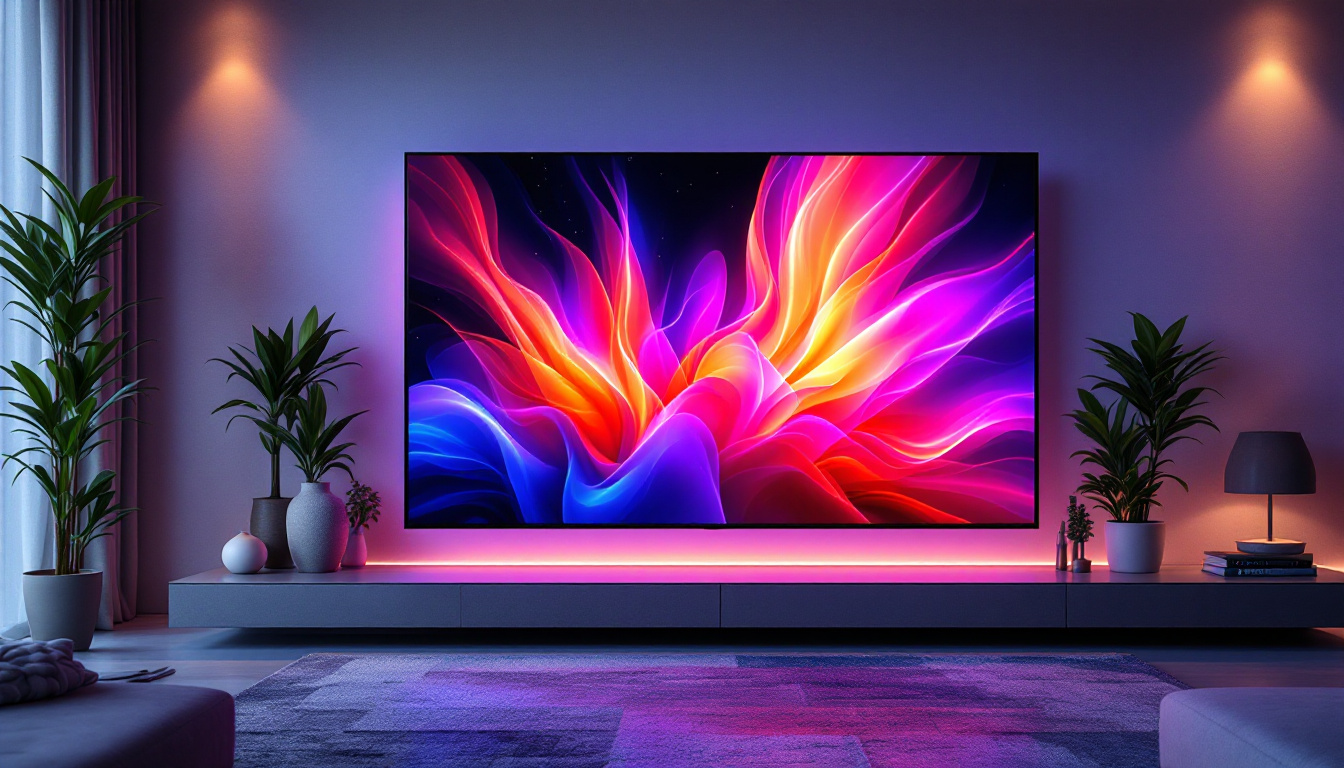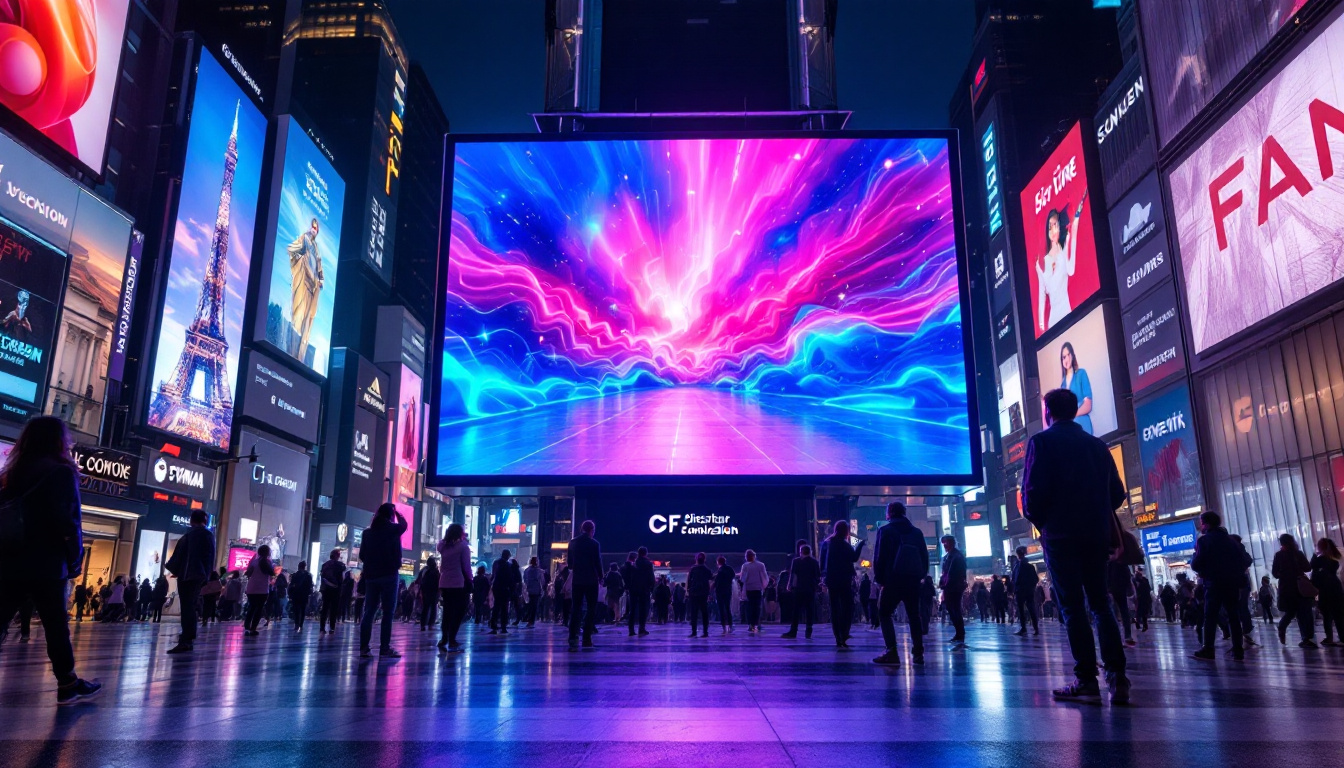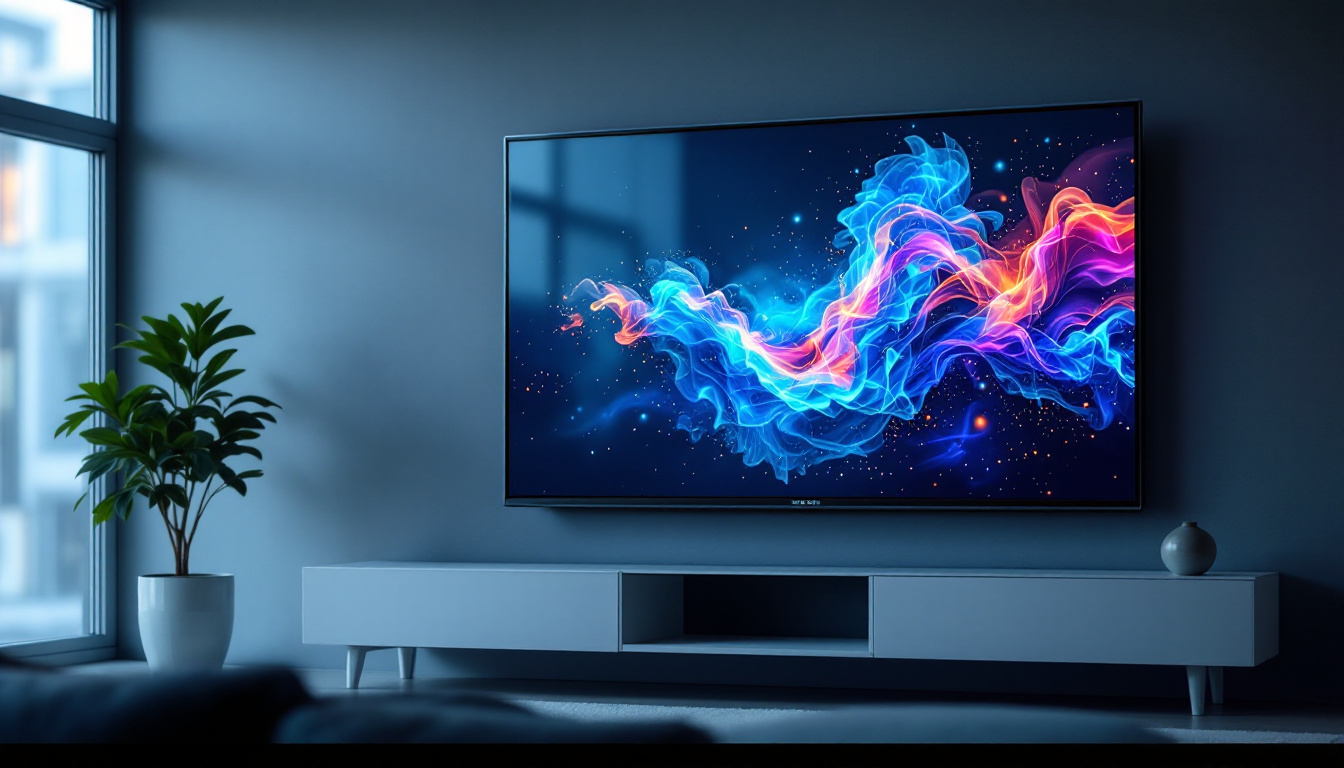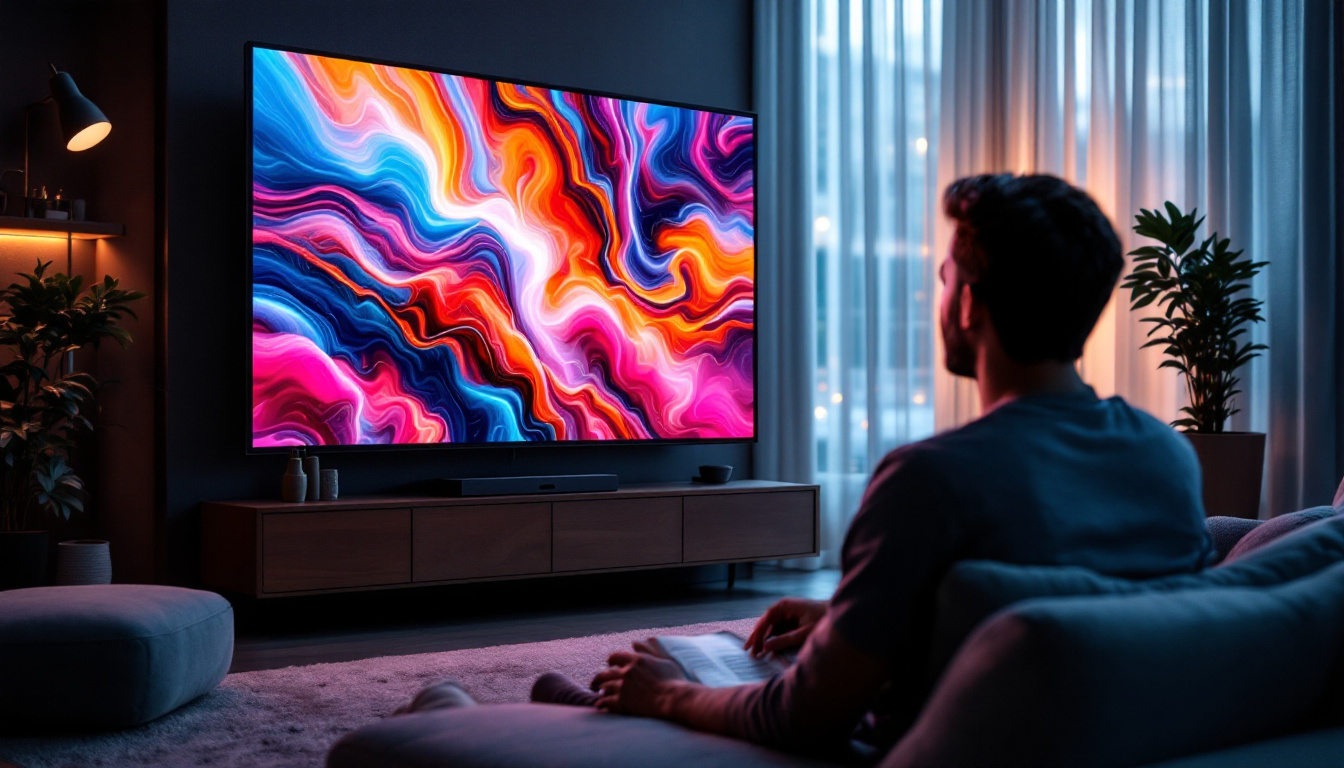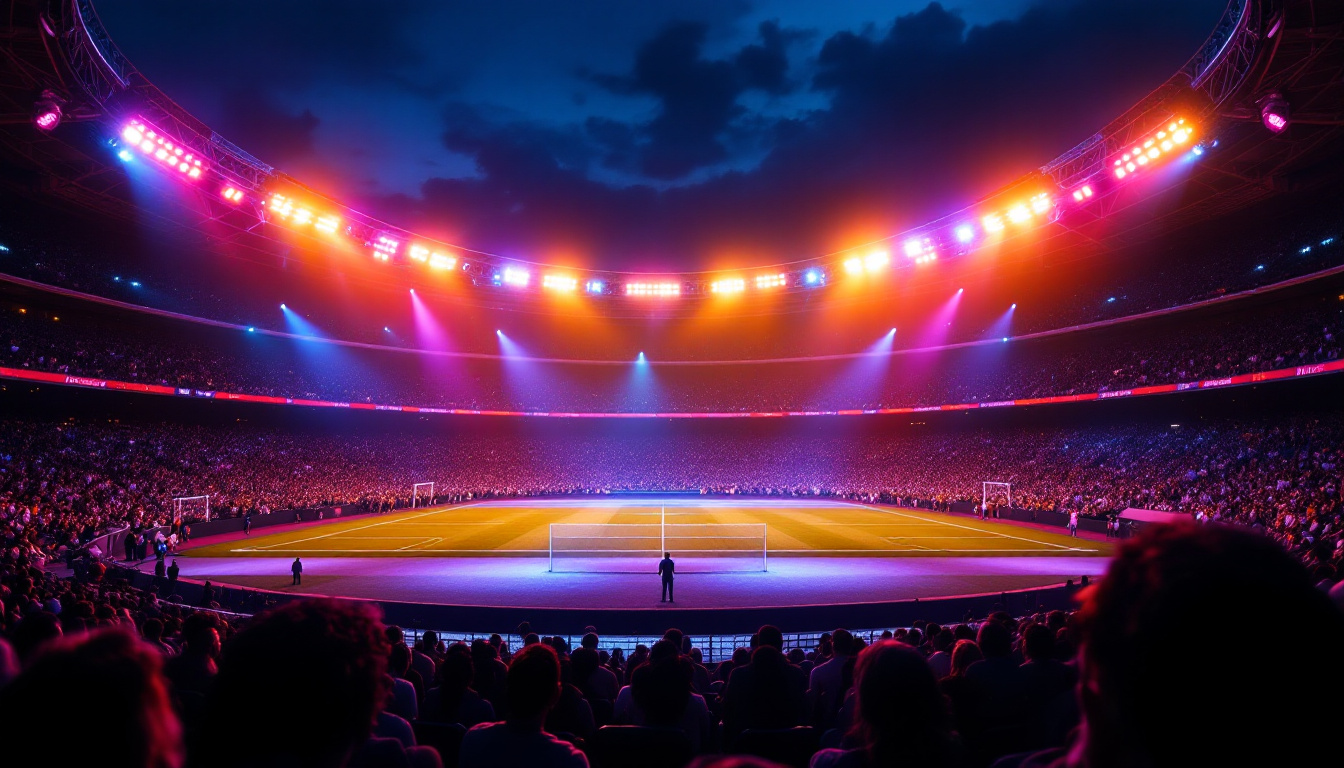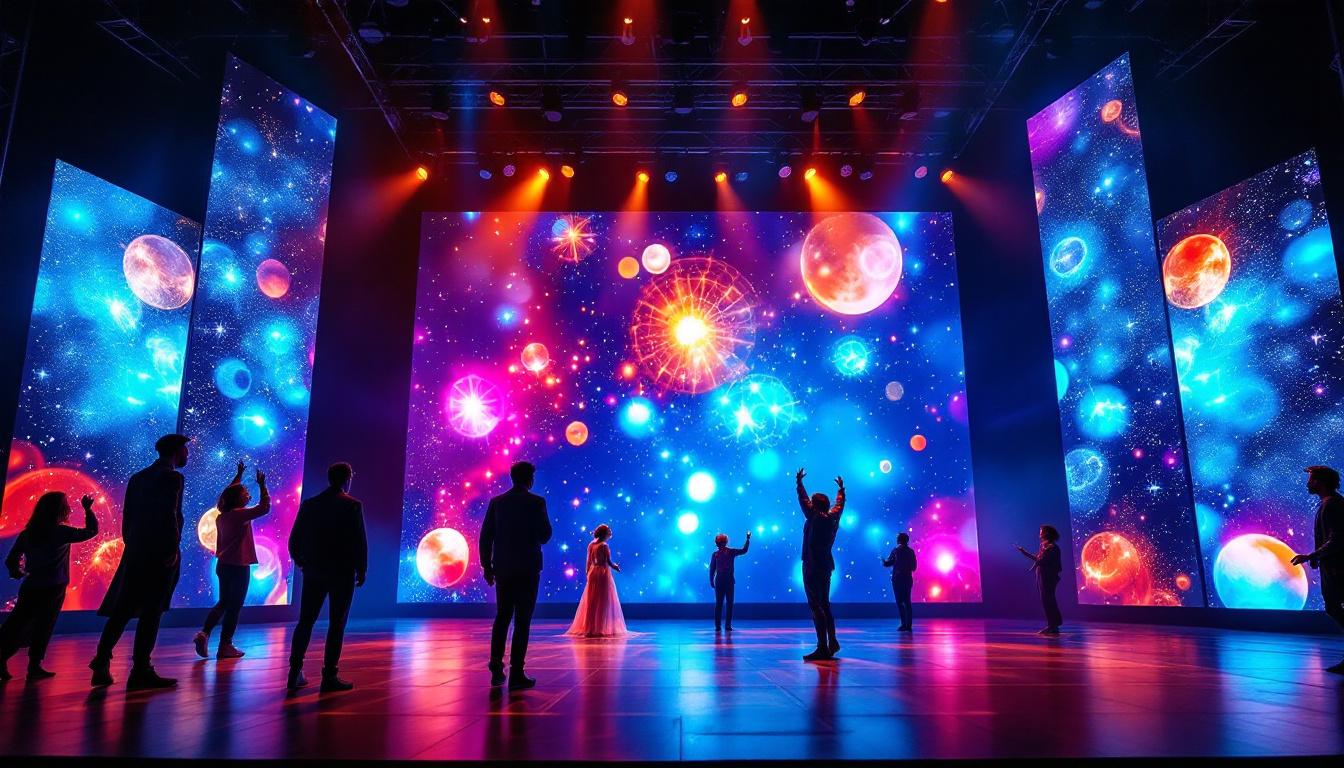In today’s fast-paced world, LED display boards have become an essential tool for communication, advertising, and information dissemination. From bustling city centers to sports arenas and retail environments, LED displays captivate audiences with their vibrant colors and dynamic content. However, one critical aspect that often determines the effectiveness of an LED display is its size. Understanding how display board size impacts visibility, resolution, and overall performance is vital for businesses and organizations looking to invest in this technology.
This comprehensive guide explores the intricacies of LED display board sizes, the factors influencing size selection, and how to optimize LED displays for various applications. Whether you’re a marketer, event organizer, or facility manager, this article will help you make informed decisions about LED display sizing to maximize your investment.
Understanding LED Display Board Sizes
What Defines the Size of an LED Display?
The size of an LED display board is typically measured diagonally, similar to televisions and monitors. This measurement indicates the physical dimensions of the screen, usually expressed in inches or meters. However, unlike traditional screens, LED displays are modular and can be assembled from multiple panels to form custom sizes and shapes.
For example, a large outdoor billboard might measure 10 meters wide by 5 meters high, while an indoor retail display could be just 2 meters by 1 meter. The modular nature of LED panels allows for flexibility in designing displays that fit specific spaces and viewing requirements. This adaptability is particularly beneficial for businesses looking to create unique advertising solutions tailored to their environment. For instance, a sports arena might opt for a massive wrap-around display that enhances the spectator experience, while a boutique shop could use a smaller, sleek panel to showcase promotional content without overwhelming the store’s aesthetic.
Pixel Pitch and Its Relationship to Size
Pixel pitch is the distance between the centers of two adjacent pixels, measured in millimeters. It is a crucial factor that complements the physical size of the display. A smaller pixel pitch means more pixels per square meter, leading to higher resolution and sharper images. Conversely, a larger pixel pitch results in lower resolution but can be more cost-effective for large-scale outdoor displays where viewers are farther away.
For instance, a 10-meter wide display with a pixel pitch of 10mm will have fewer pixels than one with a 4mm pitch, affecting the clarity of the content. Understanding the interplay between display size and pixel pitch helps in selecting the right LED board for the intended viewing distance and content detail. Additionally, the choice of pixel pitch can significantly influence the overall viewing experience. For example, venues that host concerts or events might benefit from a finer pixel pitch to ensure that even the audience members seated farthest away can enjoy crisp visuals. Furthermore, advancements in technology are continually improving pixel density, allowing for even more stunning displays that captivate audiences and enhance engagement.
Factors Influencing the Choice of LED Display Size
Viewing Distance and Audience Size
The optimal size of an LED display depends heavily on the viewing distance. The farther away the audience, the larger the display should be to ensure readability and impact. For example, a highway billboard designed to be seen from 100 meters away might need to be significantly larger than a digital menu board inside a café where customers are only a few meters away.
Industry guidelines suggest that the minimum viewing distance in meters should be roughly 1000 times the pixel pitch in millimeters. Therefore, a display with a 10mm pixel pitch is best viewed from at least 10 meters away. This rule helps balance display size, resolution, and cost effectively.
Content Type and Display Purpose
The nature of the content displayed also influences size decisions. High-detail video content or fine text requires higher resolution and, often, larger displays with smaller pixel pitches. Conversely, simple graphics or large text messages can be effectively shown on smaller or lower-resolution boards.
For example, sports arenas often use massive LED displays with high resolution to broadcast live footage and replays, ensuring every spectator has a clear view. Retail stores may opt for smaller, eye-catching displays that highlight promotions or product information without overwhelming the space.
Installation Environment: Indoor vs. Outdoor
Indoor LED displays typically have smaller pixel pitches and sizes because viewers are closer to the screen. They also need to consider ambient lighting conditions, which affect brightness requirements. Outdoor displays, on the other hand, must be larger and brighter to compete with sunlight and be visible from greater distances.
Environmental factors such as weather resistance, temperature tolerance, and durability also influence the choice of display size and design. For example, an outdoor display in a city center may need to be larger and constructed with weatherproof materials to withstand rain, wind, and dust.
Calculating the Ideal LED Display Size
Step 1: Determine Viewing Distance
Begin by identifying the average and maximum distances from which the display will be viewed. This step is crucial because it directly impacts pixel pitch and display size. For instance, if the display is intended for a conference room where viewers sit 5 meters away, a smaller display with a finer pixel pitch is appropriate.
Step 2: Select Pixel Pitch Based on Resolution Needs
Once the viewing distance is known, select a pixel pitch that ensures content clarity. As a general rule, the pixel pitch (in millimeters) multiplied by 1000 should be less than or equal to the minimum viewing distance (in meters). This ensures viewers perceive a smooth, high-quality image without visible pixelation.
Step 3: Calculate Display Dimensions
With pixel pitch and resolution requirements established, calculate the display’s physical dimensions. This involves multiplying the number of pixels horizontally and vertically by the pixel pitch. For example, a display with 1920 pixels horizontally and a 5mm pixel pitch will be 9.6 meters wide (1920 × 0.005m).
Consider the aspect ratio as well, which affects the height of the display. Most LED displays use a 16:9 aspect ratio, but custom ratios are possible depending on content and installation constraints.
Step 4: Factor in Budget and Space Constraints
Finally, balance the ideal size with budget and physical space limitations. Larger displays with smaller pixel pitches are more expensive, so it’s essential to prioritize features that deliver the most value. Sometimes, a slightly smaller display with optimized content can achieve better results than a larger but lower-quality board.
Examples of LED Display Sizes in Different Applications
Outdoor Advertising Billboards
Outdoor LED billboards are among the largest LED displays, often exceeding 10 meters in width and 5 meters in height. These displays use pixel pitches ranging from 10mm to 20mm, suitable for viewing distances of 20 meters or more. For example, a 12m x 6m billboard with a 16mm pixel pitch can effectively reach drivers and pedestrians on busy highways and city streets.
Sports Arenas and Stadiums
Sports venues employ massive LED screens, sometimes spanning over 30 meters wide, to provide live action, replays, and advertisements. These displays typically have pixel pitches between 6mm and 10mm, balancing resolution with size. The large scale ensures visibility from all seating areas, enhancing the spectator experience.
Retail and Shopping Malls
Indoor retail LED displays vary in size but generally range from 2 meters to 5 meters in width. Pixel pitches are smaller, often between 2mm and 4mm, to accommodate close viewing distances. These displays are used for promotional videos, digital signage, and interactive content, driving customer engagement and sales.
Corporate and Conference Rooms
In corporate settings, LED displays are smaller and designed for presentations and video conferencing. Sizes typically range from 1 meter to 3 meters wide, with pixel pitches as low as 1.5mm to ensure crisp text and graphics. These displays enhance communication and collaboration in professional environments.
Emerging Trends Impacting LED Display Sizes
Higher Resolution and Smaller Pixel Pitches
Advancements in LED technology have led to smaller pixel pitches, enabling higher resolution displays even at relatively small sizes. Micro-LED technology, for instance, offers pixel pitches below 1mm, allowing for ultra-high-definition displays suitable for close-range viewing. This trend is expanding the possibilities for indoor applications and digital signage.
Flexible and Curved LED Displays
Innovations in flexible LED panels allow for curved and irregularly shaped displays, breaking the traditional rectangular mold. This flexibility enables creative installations that fit architectural features and attract attention through unique designs, often requiring custom size considerations.
Integration with Smart Technologies
Smart LED displays equipped with sensors and connectivity can adjust brightness and content dynamically based on environmental conditions and audience behavior. This integration influences size decisions by optimizing viewer engagement and energy efficiency, sometimes allowing smaller displays to perform effectively in larger spaces.
Conclusion: Choosing the Right LED Display Size
Selecting the appropriate LED display size is a multifaceted decision that hinges on viewing distance, content type, installation environment, and budget. A well-chosen display size enhances visibility, engagement, and return on investment, while a poorly sized board can lead to wasted resources and missed opportunities.
By understanding the relationship between physical size, pixel pitch, and application requirements, businesses and organizations can tailor LED display solutions that meet their specific needs. As LED technology continues to evolve, staying informed about the latest developments will ensure that your display investments remain effective and future-proof.
Whether planning a massive outdoor billboard or a compact indoor digital sign, the key is to balance size, resolution, and context to deliver compelling visual experiences that resonate with your audience.
Explore Cutting-Edge LED Display Solutions with LumenMatrix
Ready to elevate your visual communication with the perfect LED display size? LumenMatrix is at the forefront of LED display innovation, offering a diverse range of solutions tailored to your unique needs. From Indoor and Outdoor LED Wall Displays to specialized options like Vehicle, Sports, and Floor LED Displays, we have the technology to bring your vision to life. Embrace the future with our Custom, All-in-One, and Transparent LED Displays, designed to captivate and engage your audience. Check out LumenMatrix LED Display Solutions today and transform your space with unparalleled clarity and impact.




